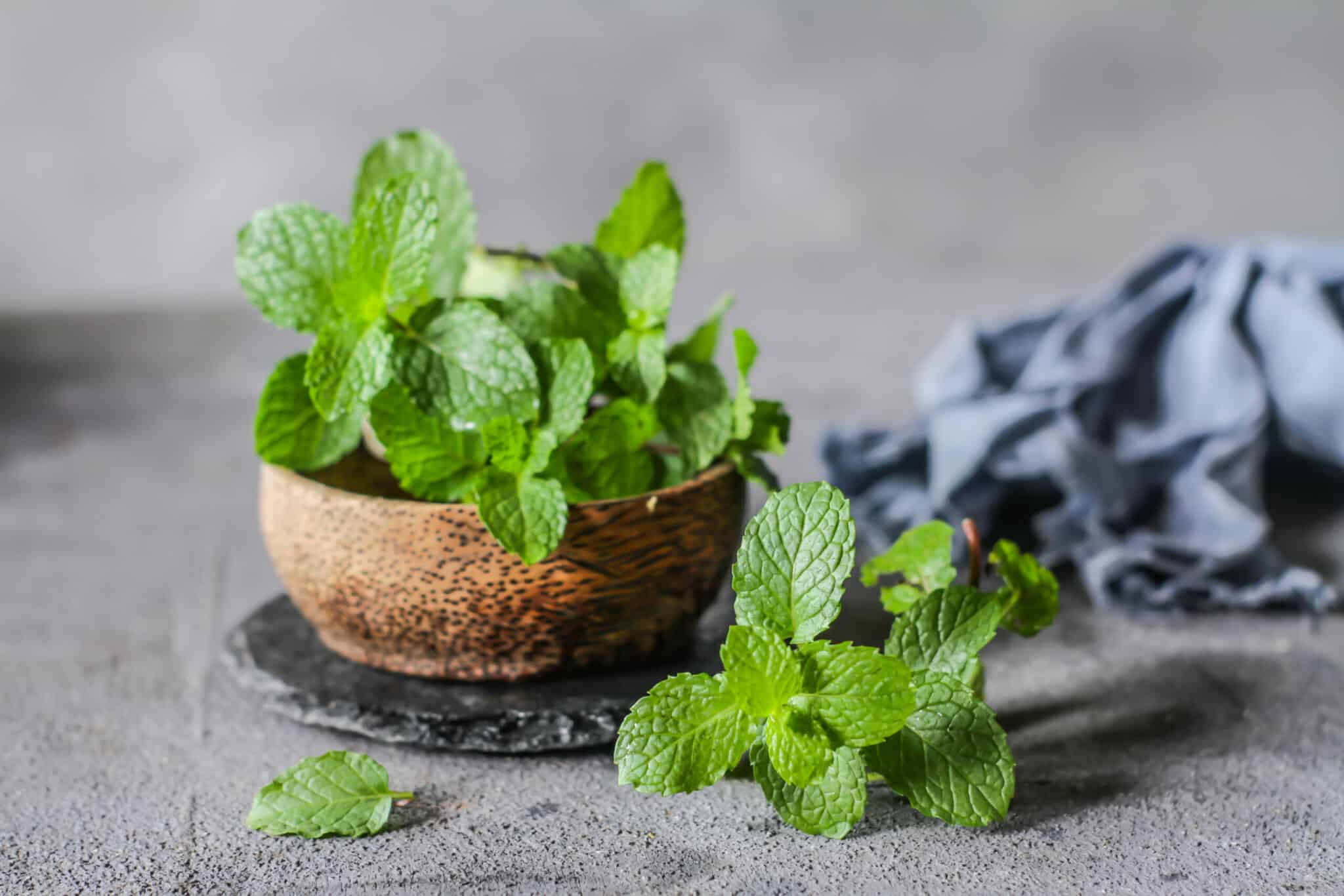Mint leaves are quite popular for the lingering cooling effect they produce on the palate, the widely loved “minty fresh feel.” They also happen to come in a number of varieties, all great for incorporating amazing depths of flavor into various recipes. Mint leaves also have a degree of usefulness in medicine production and thus get an A for range in use.
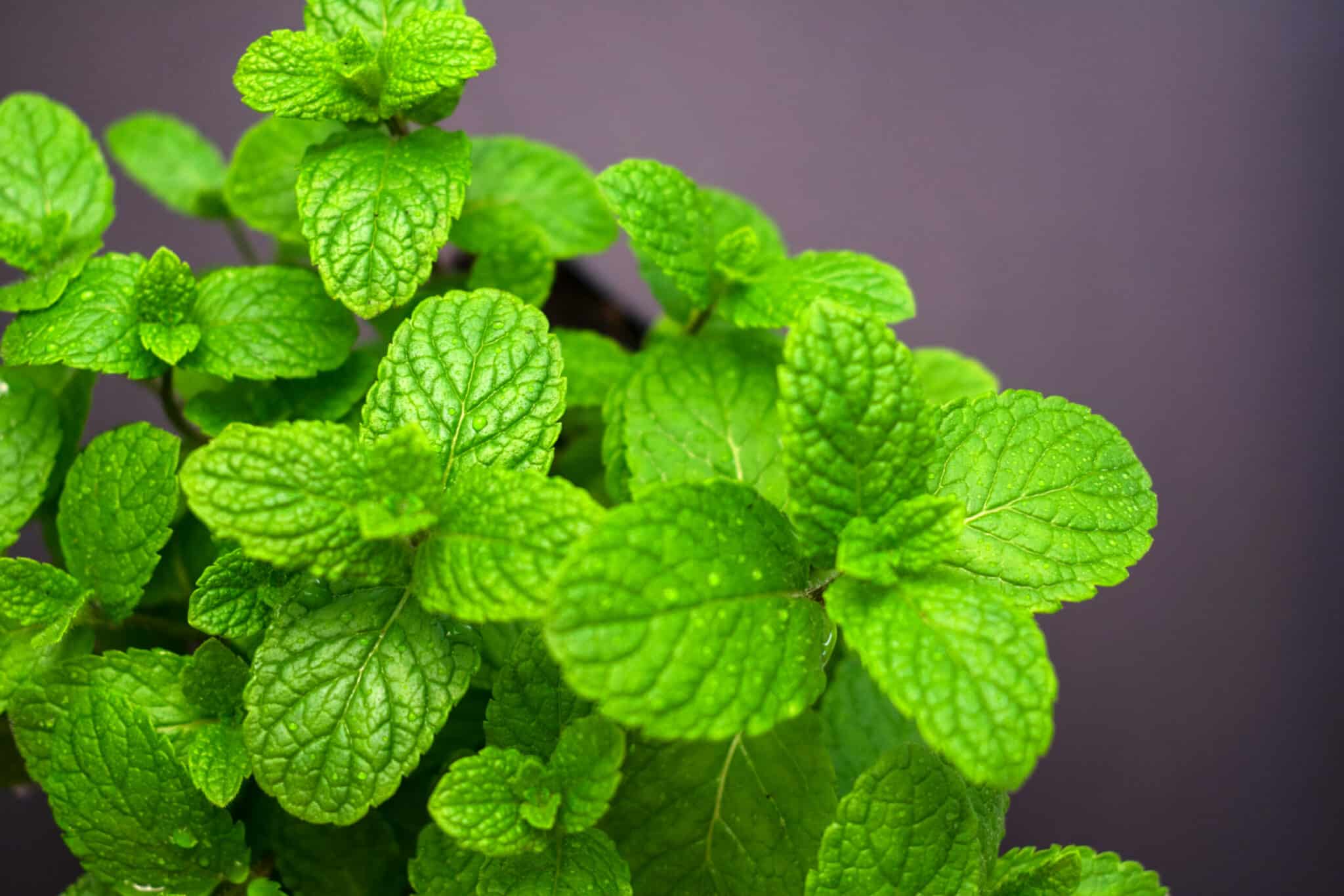
Mint leaves nutrition facts
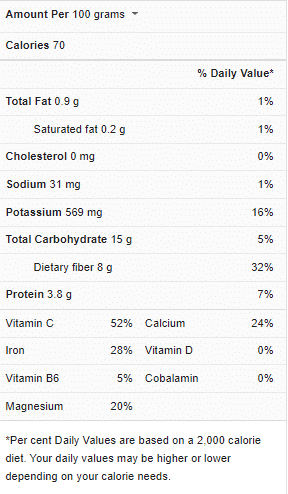
Mint leaves are great and all, but what if you don’t have any to include in your recipe? Don’t let this get in your way, though, as there are many options you can use in their place to get similar flavor profiles in your recipes.
Keep reading to find out more about these substitutes and how to use them in the right amounts and methods for the best possible results.
What are mint leaves?
Mint is also referred to as mentha, a popular member of the Lamiaceae family, which comprises about 15 to 20 plant species, two of which are peppermint and spearmint. Different types of mint plants have been utilized in medicine throughout history. Mint leaves come in various antioxidant properties and potential health advantages, particularly for persons with irritable bowel syndrome (IBS).
Mint leaves are popular for many functions and may be used fresh or dried in a variety of cuisines and infusions. Mint oil, extracted from mint leaves, is commonly used in toothpaste, gum, candy, and beauty goods.
Fresh mint and other herbs and spices can be used in cooking to increase taste while lowering sodium and sugar intake.
Uses of mint leaves in recipes
Mint leaves are a species of delicate herbs frequently used to flavor Middle Eastern dishes like lamb, soups, and vegetable salads. Mint leaves are a sustainable method of adding taste to food because they are reasonably easy to grow and cultivate at home. One of their popularity as a culinary ingredient maybe because of these useful features.
Mint leaves can be used in a wide range of recipes, and some of them have been listed below:
- Mint sauce
- Pea and mint soup
- Portuguese Chicken, Lemon and Mint Soup
- Pasta with Mint and Parmesan
- Mint vegetable soup
- Carrot and mint soup
- Mint chimichurri
- Filet mignon with mint and parsley
- Pepper-crusted steak with mustard mint
- Spicy mint beef
- Ribeye steak with mint salsa and parsley
- Mint and rosemary lamb
- Garlic and mint chicken breasts
- Mint and lime yogurt chicken
- Basil-mint chicken thighs
Substitutes for mint leaves
Mint leaves are a great way of improving the flavor and appeal of numerous recipes, and as such, they are popular in cooking. If, however, there are no mint leaves available for use, these suggested substitutes should work great in your recipes:
Chopped parsley
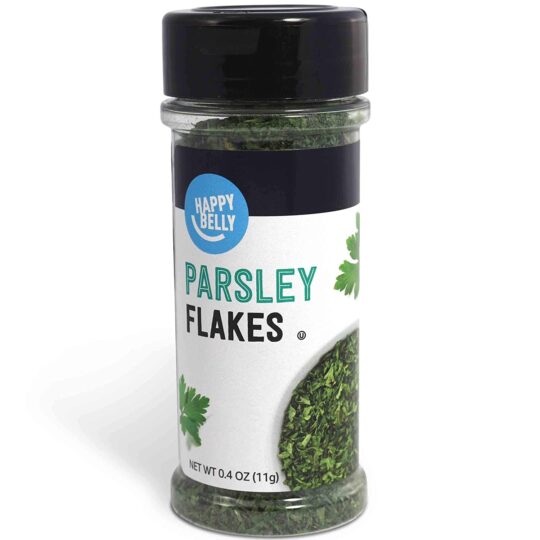
Parsley is a root vegetable that grows biennially and is related to mint leaves and parsnip. It has a long green blossom and tissue that improves flavor after winter ices when left in the ground to mature. Parsley has a distinct flavor, sweet and slightly reminiscent of mint; however, the difference is that fresh mint is colder and has more shades than chopped parsley.
Parsley is a common element in soups and chicken stocks and can easily be used in place of mint leaves in loads of recipes. Ways to cook with parsley include baking and steaming, among others. Parsley can be used in place of regular, raw mint in an equal amount because both are nearly identical.
Fresh Basil leaves
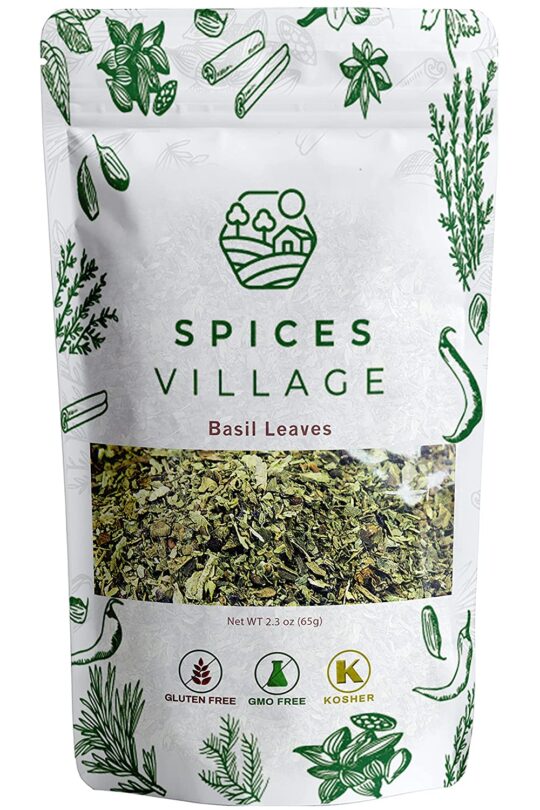
Basil is commonly confused with mint leaves in supermarkets and is typically used in dishes such as apricot pasta salad. When comparing Thai basil to Italian basil, the former’s flavor is closer to mint leaves than the latter. The Thai version has a distinct flavor, almost like, and is also spicy.
There’s a chance that using fresh basil leaves as an alternative to mint leaves in dishes will result in a unique flavor. However, it will have a minor impact on the dish, but still, prepare to be confronted with the flavor distinction.
Two tablespoons of ground basil or one basil leaf and one tablespoon of basil leaf paste equal one stalk of mint leaves. To use the fresh basil leaves, ensure to first remove the midrib from the basil leaf.
Dried mint
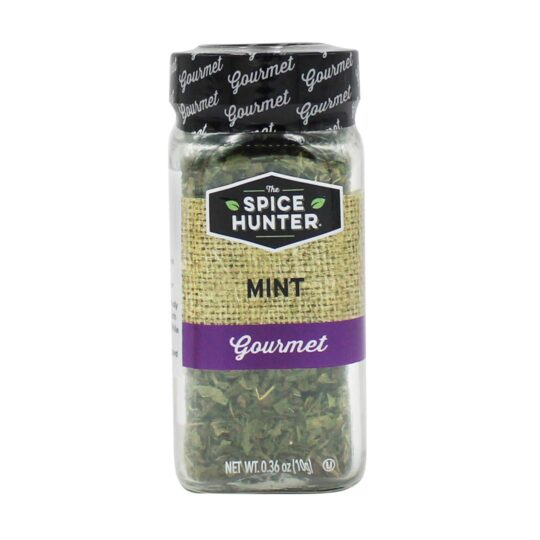
While fresh mint leaves may have the best flavor, the dried version can also be used in a variety of meals such as pesto, chutney, stews, and curries. They may even be incorporated into seasoning rubs for grilled meat recipes. However, because dried mint has a more grounded flavor than the fresh leaves, you’ll need to use less of it in any recipe that calls for fresh mint leaves.
Avoid using dried mint in applications where mint contributes a visual component, such as potato salad, boiled mint potatoes, or sangria. It’s fairly easy to replace fresh mint with dried mint and simply replace one teaspoon of fresh mint with ½ teaspoon of dried mint.
Frequently asked questions (FAQs)
What herbs taste like mint?
If you’re looking for plants that have a flavor comparable to mint, look no further than the mint family. Mint can be replaced with oregano, rosemary, peppermint extract, or parsley. They have closely resembling flavor profiles, but you’ll need to adjust the quantities slightly to achieve the same intensity. It is also important to remember that while these plants have a similar flavor to mint, they are not the same.
What can I use instead of mint in a mojito?
There’s no need to worry if you want a mojito but don’t have any mint on hand. Fortunately, you may swap this item or even leave it out entirely. If you want a minty flavor in your mojito but don’t want to use mint, use peppermint spirits or extracts.
How do I substitute fresh mint for dried mint?
Start with half a teaspoon of dry mint if your recipe asks for a teaspoon of fresh mint. You can always add additional mint if you think it’s necessary. However, taste it as you create it since if the flavor is too minty, you won’t be able to simply fix it.
Conclusion
Mint leaves have proved their usefulness in a variety of functions over the years, and the depths of flavor they introduce to recipes are simply great. If, however, you can’t possibly lay your hands on any for your next recipe, no worries – we’ve got you covered.
Make a choice on one of our suggested substitutes and see how well they can replace mint leaves in your favorite recipes. Also, remember to use your substitute of choice in the right amount and substitution method. When you do this, you’ll most certainly arrive at beautiful results that you’ll absolutely love.
